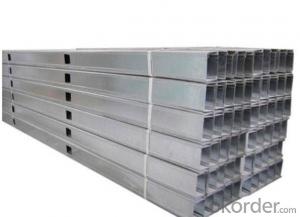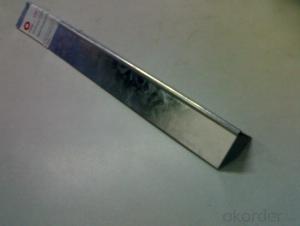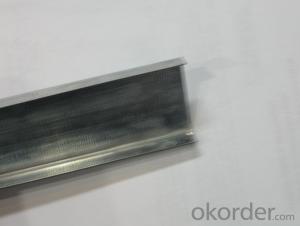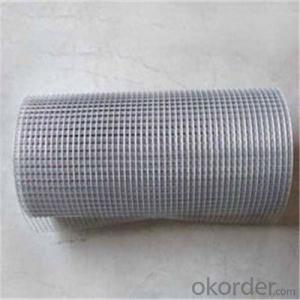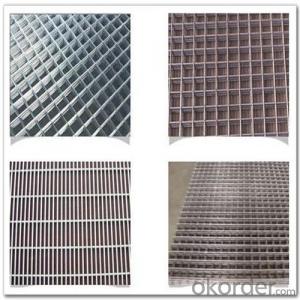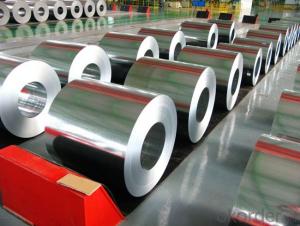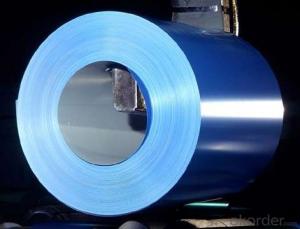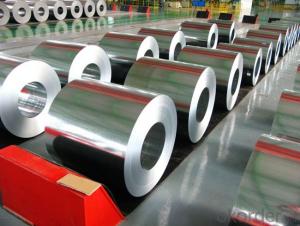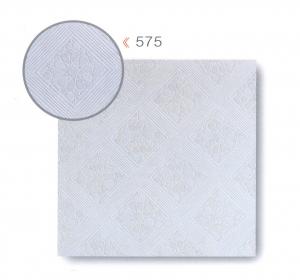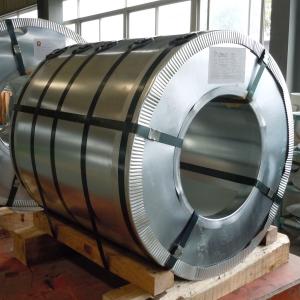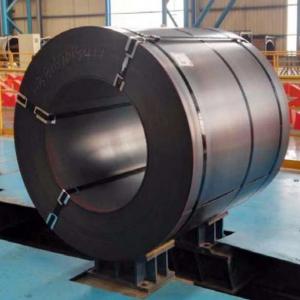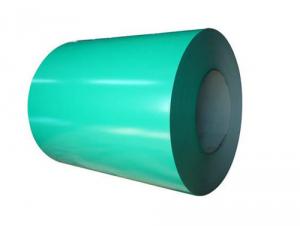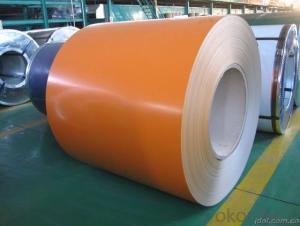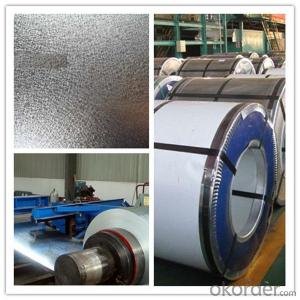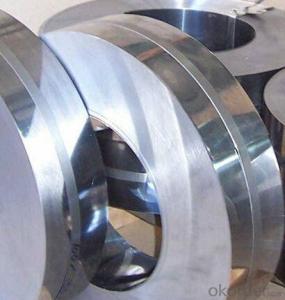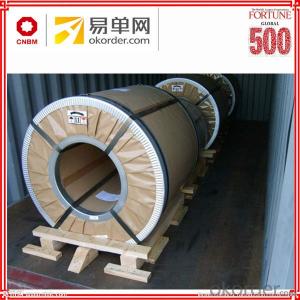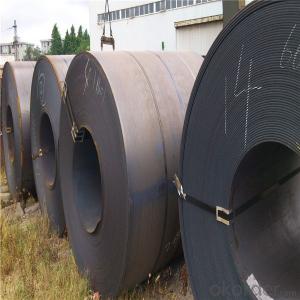Galvanized Steel Stock Tank
Galvanized Steel Stock Tank Related Searches
Best Paint For Stainless Steel Paint For Galvanized Steel Steel Frames For Furniture Self Tapping Screws For Steel Surface Grinding Wheels For Hardened Steel Hole Saw For Stainless Steel Paint For Stainless Steel Stainless Steel For Bbq Step Bit For Stainless Steel Sponge For Stainless SteelHot Searches
Steel Mesh Panels For Sale Price For Stainless Steel Scrap Scrap Price For Stainless Steel Price For Stainless Steel Stainless Steel Tank For Sale Stainless Steel Sheets For Sale Cheap High Tea Sets For Sale Stainless Steel Tanks For Sale Stainless Steel For Sale High Density Fiberboard For Sale Solar Hot Water Collectors For Sale Scaffolding For Sale In Uae Scaffolding For Sale In Ireland Scaffolding For Sale In Houston Type Of Inverter For Solar Price Of Shipping Containers For Sale Types Of Inverter For Solar Stock Price For Aluminum Used Solar Inverter For Sale Steel Mesh Panels For SaleGalvanized Steel Stock Tank Supplier & Manufacturer from China
Okorder.com is a professional Galvanized Steel Stock Tank supplier & manufacturer, offers integrated one-stop services including real-time quoting and online cargo tracking. We are funded by CNBM Group, a Fortune 500 enterprise and the largest Galvanized Steel Stock Tank firm in China.Hot Products
FAQ
- Steel coils contribute to the automotive aftermarket by serving as a crucial raw material for manufacturing various components used in vehicles. These coils are responsible for providing strength, durability, and structural integrity to parts like body panels, chassis components, suspension systems, and exhaust systems. Additionally, steel coils are also used in the production of aftermarket accessories such as bumpers, grilles, and custom body kits. Their availability and versatility make steel coils an essential resource for the automotive industry, enabling the production of high-quality aftermarket products that enhance the performance and aesthetics of vehicles.
- Painting steel coils can be achieved using various methods, each with unique benefits and practical applications. 1. Coil coating, an automated and continuous process, unwinds, cleans, pretreats, primes, paints, and cures the steel coils before rewinding them. This method guarantees precise paint application control and ensures a consistent finish. It is widely employed in high-volume production for industries like automotive and construction. 2. Spray painting, a versatile and flexible method, involves manually or mechanically spraying paint onto the steel coils. It allows for customization and precise control over the paint application. Depending on the desired finish and project requirements, spray painting can be done using techniques like airless spraying or electrostatic spraying. 3. Dip coating, also known as immersion coating, immerses the steel coils into a paint tank, ensuring complete coverage of all surfaces. This method is suitable for large or bulky steel coils that are not easily spray painted. Dip coating provides excellent coverage and is commonly used in applications like the electrical or appliance industry. 4. Powder coating, an electrostatic process, applies dry powder paint to the steel coils. Charged powder particles adhere to the grounded coils, creating a durable and even coating. This method offers superior resistance to impact, chemicals, and UV rays. It is frequently utilized in industries requiring high-quality and long-lasting finishes, such as aerospace or outdoor equipment. 5. Roll coating passes the steel coils through a series of rollers partially submerged in paint. As the coils move through the rollers, the paint is transferred to their surface. Roll coating is preferred for thin or delicate steel coils, as it provides a gentle and uniform paint application. It is commonly used in the appliance or electronics industry. Each method has its advantages and is selected based on factors like desired finish, production volume, cost, and project-specific requirements. Ultimately, the choice of painting method depends on achieving the optimal balance between quality, efficiency, and cost-effectiveness.
- Steel coils can contribute to acoustic performance in buildings by providing a solid structure that reduces vibrations and sound transmission. The use of steel coils in construction helps dampen noise by absorbing and dissipating sound waves, resulting in a quieter and more comfortable indoor environment.
- Steel coils are used in the production of industrial valves as they are shaped and cut into specific sizes to create the valve bodies and other components. The coils are then processed through various manufacturing techniques such as welding, machining, and forging to form the valve structure. This allows for the production of durable and reliable industrial valves that can withstand high pressure and temperature conditions in various industries.
- The common industry standards for steel coils vary depending on the region and specific application. However, there are several widely recognized standards that are commonly used in the steel industry. One of the most commonly referenced standards for steel coils is the American Society for Testing and Materials (ASTM) standard. ASTM has developed a wide range of specifications for different types of steel coils, such as hot-rolled, cold-rolled, and galvanized coils. These specifications outline various mechanical and chemical properties that the steel must meet, as well as dimensions, tolerances, and testing requirements. In addition to ASTM, other international organizations such as the International Organization for Standardization (ISO) and the European Committee for Standardization (EN) have also established standards for steel coils. ISO standards, such as ISO 3574 and ISO 5952, provide guidelines for the general requirements, dimensional tolerances, and mechanical properties of steel coils. Similarly, EN standards, such as EN 10130 and EN 10131, specify the characteristics and tolerances for cold-rolled steel coils. Furthermore, industry-specific organizations and associations may have their own standards for steel coils. For example, the American Iron and Steel Institute (AISI) has developed specific standards for different types of steel products, including coils. These standards cover various aspects such as chemical composition, mechanical properties, and surface finish. It is important to note that steel coil standards can also be determined by the end-use application. Industries such as automotive, construction, and manufacturing may have specific requirements that go beyond the general standards. In such cases, customers and manufacturers may refer to industry-specific standards or work together to define custom specifications. Overall, while there are several common industry standards for steel coils, it is crucial to consult the specific standards and requirements applicable to the region and application in question to ensure compliance and quality.
- 911 conspiacy theorists. Can fire melt steel?
- Don't know the differences in steel strength between the WTC towers and the bridge, but I'll tell you they don't always use the strongest steel in buildings. It is a question of value engineering. Engineers do as code requires, and make the determination based on economics of building. If a steel member requires say 48 KSI, with certain span, but if the price is less expensive to use 35 KSI and reduce the span by adding vertical elements then that is an option that the architects, engineers and developers consider. Like I said, don't much about bridge engineering, but in buildings, it isn't always the strongest steel, based on engineering and economics. And BTW, said time and time again, but ok one more time. STEEL DOESN'T NOT HAVE TO MELT FOR FAILURE. IT LOSES STRENGTH WITH HEAT. THAT IS WHY IT MUST BE PROTECTED BY FIRE RETARDANT. BUT IF THE FIRE RETARDANT IS REMOVED BY EXPLOSION, THEN FIRE CAN CAUSE FAILURE. Sorry for the shouting, but I'm not the only one who says that, but people keep saying steel can't melt, but it doesn't have to for failure. If the steel joist had been in concrete, the WTC towers may have stood, at least longer. But hindsight is 20/20.
- Steel coils are an essential component in the production of medical equipment as they are used to manufacture various parts and components such as surgical instruments, implants, and medical machinery. The high strength and durability of steel make it ideal for creating precise and long-lasting medical devices, ensuring the safety and reliability of the equipment used in the healthcare industry.



